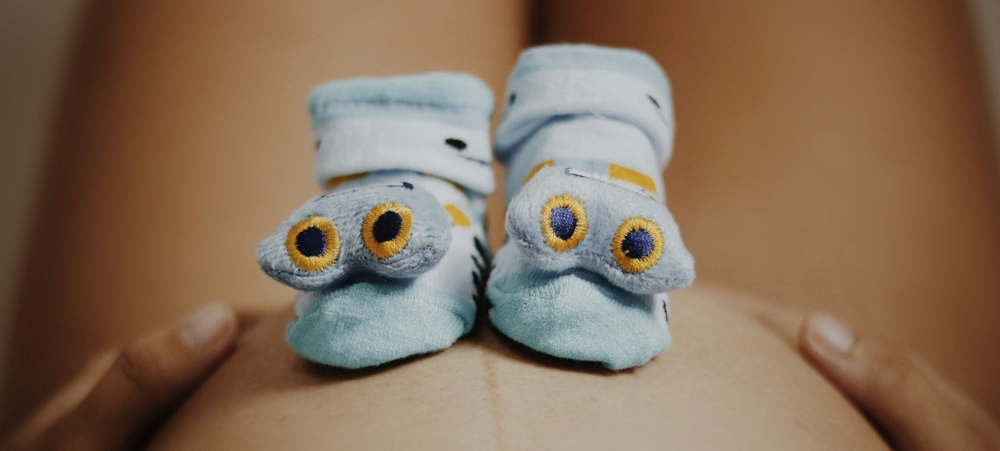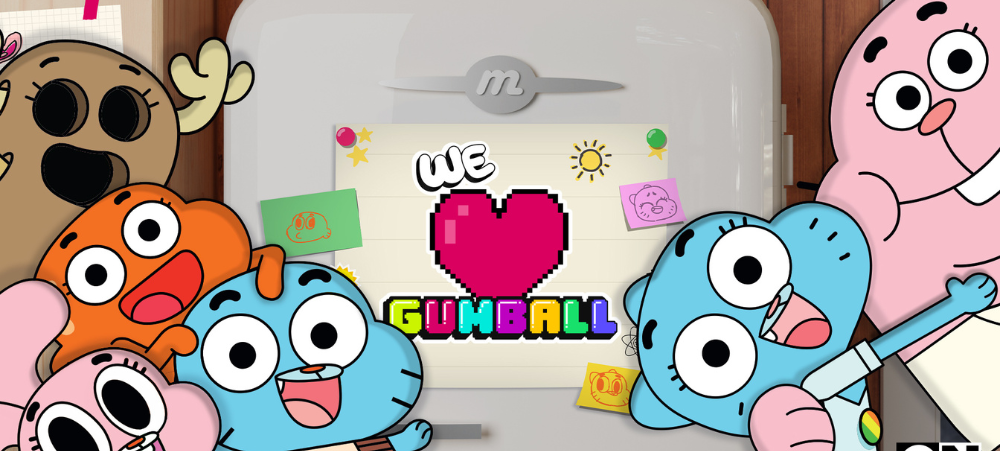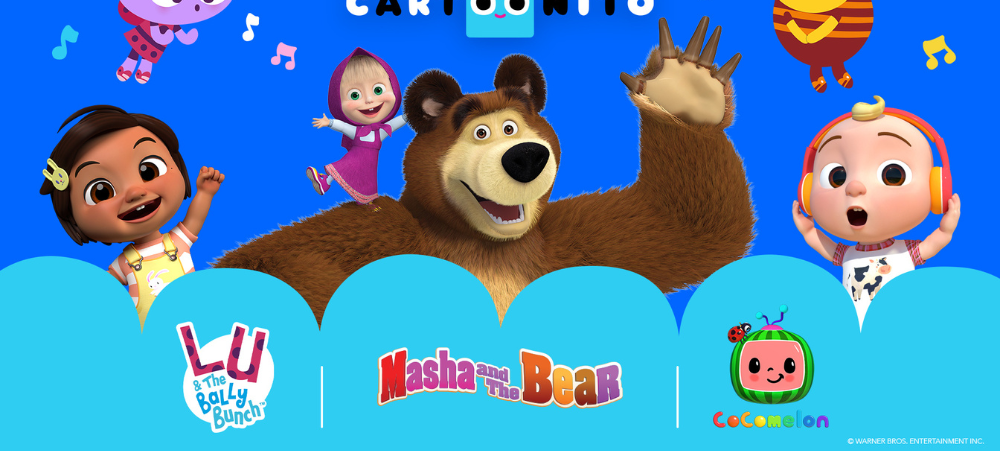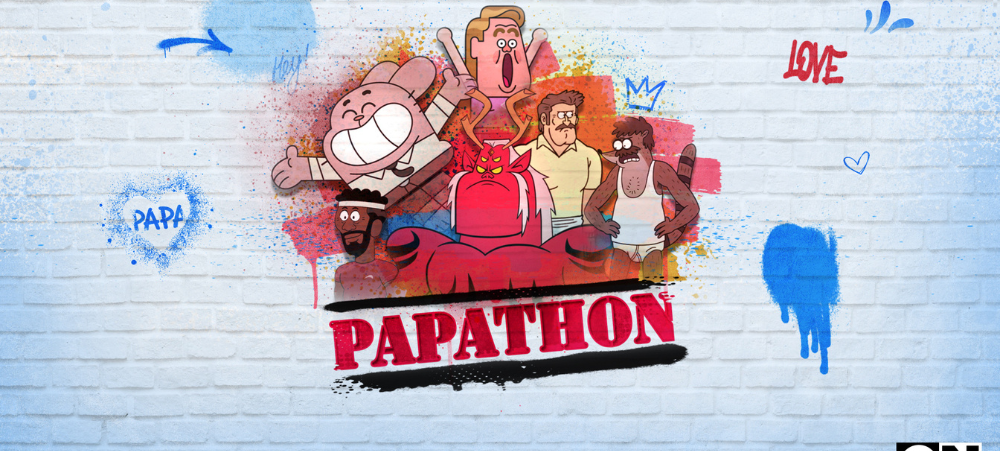
Partnership with GOTG brings water to teaching hospital
When a hospital has interrupted water supplies, the consequences are dire. Water that is essential not only for handwashing, hygiene and drinking but for cleaning and sterilising instruments, laundry, cooling medical gas and suction compressors for patients on ventilators. The list is endless. It is clear that both the patients’ health and the medical staff’s ability to provide quality healthcare will be severely compromised. This is what happened at Kalafong Hospital – an 1 118-bed teaching hospital in Atteridgeville, Pretoria. The hospital was built in the 1973 and services a large population of residents in Pretoria and beyond. The University of Pretoria uses Kalafong Hospital as a training institute for the Faculty of Health Sciences. They reached out to Gift of the Givers (GOTG) with respect to water challenges at the hospital and GOTG agreed to step up to another issue that required humanitarian aid. ‘We rely on stable water supply to service patients adequately and provide a safe training environment for our students,” said Professor Priya Soma-Pillay, the Chairperson of the School of Medicine at UP. ‘As the Chairperson of the School of Medicine at UP responsible for training at our health facilities, I’m grateful to Gift of the Givers Foundation and Bonitas for hearing our plight. With consistent and reliable water supply we can ensure the health and safety of patients, staff, students and the proper functioning of medical equipment.’ GOTG began exploring the possibility of a borehole to supply uninterrupted water and partnered with Bonitas Medical Fund for funding. Drilling began on 20 January this year and by the 26 January they found water at 148 metres. The borehole currently yields 8 000 litres per hour and is literally a fountain of life for this healthcare facility. In addition, 8 x 10 000 litre water storage tanks have been installed. The partnership between Gift of the Givers and Bonitas began in 2018, the key objective: To provide relief to the most vulnerable and marginalised communities, specifically in the field of healthcare interventions. Bonitas donated R1.2 million to the Kalafong Hospital borehole project. Lee Callakoppen, Principal Officer of Bonitas says, ‘This and the other projects carried out together with GOTG, align with the Scheme’s commitment to being the medical aid for South Africa. It is the perfect partnership, as we have the same passion and drive to assist where it is needed most. ‘ The borehole will provide water to the hospital’s reservoir and supplement the municipal water supply by 150 000 litres a day. This is over half of the hospital’s daily consumption of between 200 000 and 250 000 litres. It will also help lower running costs by reducing the water bill, these savings can be channelled into other operational costs. Importantly though, when there are intermittent water cuts in the area, the hospital can rely solely on the borehole to continue to function efficiently. The water was tested using The South African National Standard (SANS) 241 test – a drinking water specification that outlines the minimum requirements for potable water to be considered safe for human consumption, after an ultraviolet system was installed Other projects involving the partnership between GOTG and Bonitas include: Sponsoring final year medical students who were struggling financially, water interventions at Tower Psychiatric Hospital, Senekal Orphanage, Cwebeni Village in the Eastern Cape, disaster relief after the KZN floods and the sponsoring an audiology programme testing the hearing of 16 000 learners in KZN. Dr Imtiaz Sooliman says, ‘We know what a difference this consistent water supply has made to Kalafong Hospital. After all, clean water is life and clean water is health. We look forward to our continued partnership with Bonitas, always with the health and wellness of South African being the priority.’































